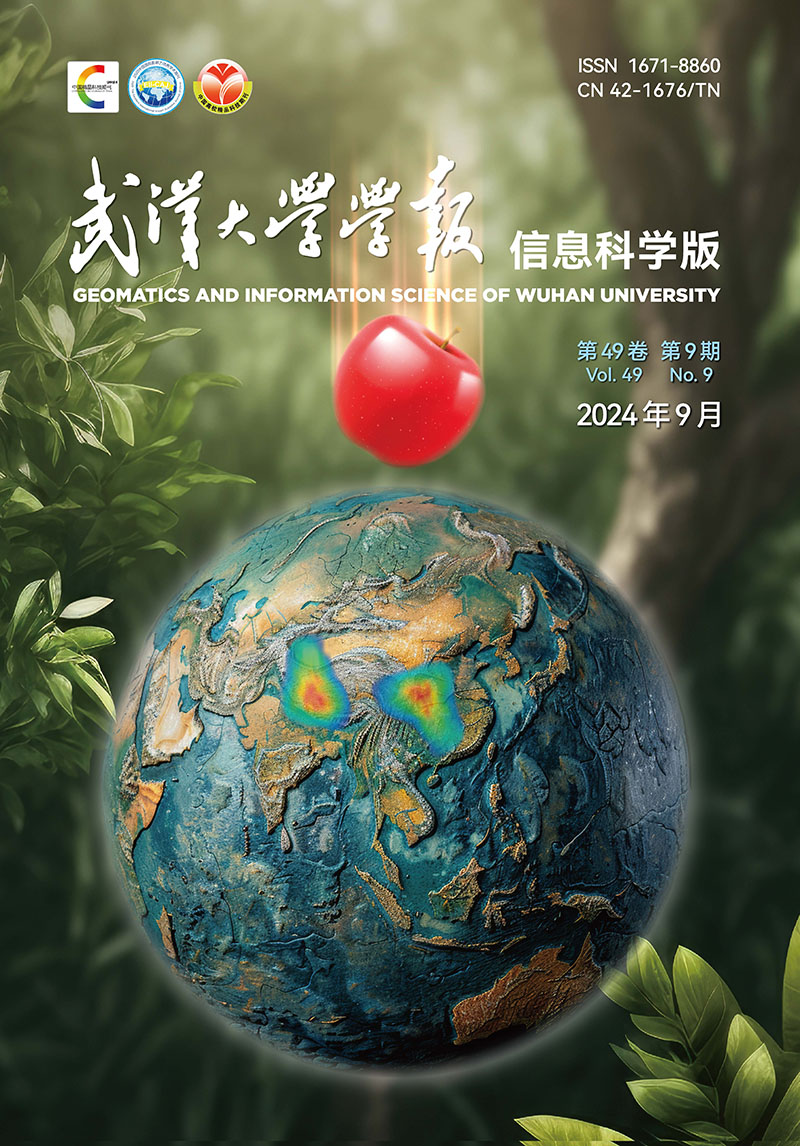COVID-19 CT影像智能诊断系统
引用次数: 0
Abstract
基于肺部CT(computed tomography)影像的人工智能诊断是针对新型冠状病毒肺炎(coronavirus disease 2019,COVID-19)的有效辅助诊断方法之一。使用神经网络以及数字图像处理等技术,设计了一个基于切片内和切片间注意力机制的轻量级COVID-19分类模型,在此基础上开发了集早期筛查、病变评估、病灶分割功能和肺部及病灶像素分布直方图等功能于一体的COVID-19智能诊断系统。通过从武汉大学人民医院采集了247名COVID-19病患、152名其他肺炎患者和92名健康者的肺部CT图像,并制作为训练数据集用于网络训练。实验结果显示,提出的方法在验证集上的筛查任务和病变评估任务上的准确率分别达到88.63%和89.65%,算法模型中每人平均诊断时间缩短到0.4 s,系统具有重要的应用价值。COVID-19 CT影像智能诊断系统
Artificial intelligence diagnosis based on lung CT (computed tomography) image is one of the effective auxiliary diagnostic methods for novel coronavirus disease 2019 (COVID-19). A lightweight COVID-19 classification model based on attention mechanisms within and between slices was designed using neural networks and digital image processing techniques. Based on this, a COVID-19 intelligent diagnostic system was developed that integrates early screening, lesion evaluation, lesion segmentation, and lung and lesion pixel distribution histograms. We collected pulmonary CT images of 247 COVID-19 patients, 152 other pneumonia patients, and 92 healthy individuals from the People's Hospital of Wuhan University, and prepared them as a training dataset for network training. The experimental results show that the accuracy of the proposed method in the screening task and lesion assessment task on the validation set reaches 88.63% and 89.65%, respectively. The average diagnostic time per person in the algorithm model is shortened to 0.4 seconds, and the system has important application value.
本文章由计算机程序翻译,如有差异,请以英文原文为准。
求助全文
约1分钟内获得全文
求助全文
来源期刊
CiteScore
2.70
自引率
0.00%
发文量
7114
期刊介绍:
Geomatics and Information Science of Wuhan University is a surveying and mapping academic journal supervised by the Ministry of Education and sponsored by Wuhan University. It is also a source journal included in EI (Engineering Index). Since its founding in 1957, the journal has been publicly issued in the form of a monthly journal, originally named "Journal of Wuhan University of Surveying and Mapping". At present, the journal is edited by Academician Li Jiancheng.
The purpose of this journal is to utilize China's advantages in surveying and mapping disciplines, serve both the domestic and international communities, publish with an open attitude, and strive to become China's excellent surveying and mapping journal brand. The journal publishes innovative and highly valuable surveying and mapping academic achievements, showcases the latest and highest level of surveying and mapping research in China, and aims to promote academic exchanges in surveying and mapping, guide the research direction of surveying and mapping science, promote the progress of related science and technology, and serve the development of the entire surveying and mapping industry.

 求助内容:
求助内容: 应助结果提醒方式:
应助结果提醒方式:


